Monthly Stargazing Calendar for October 2022
Looking for the October 2024 stargazing calendar?
Like last month, this will be an eventful one. Take a look at all of these astronomical events that await us this month:
To start the month off, on October 5 the Moon and Saturn will be at conjunction, which means these two celestial bodies will share the same right ascension. They will also make a close approach, passing within 3°51′ of each other, both in the constellation of Capricornus.
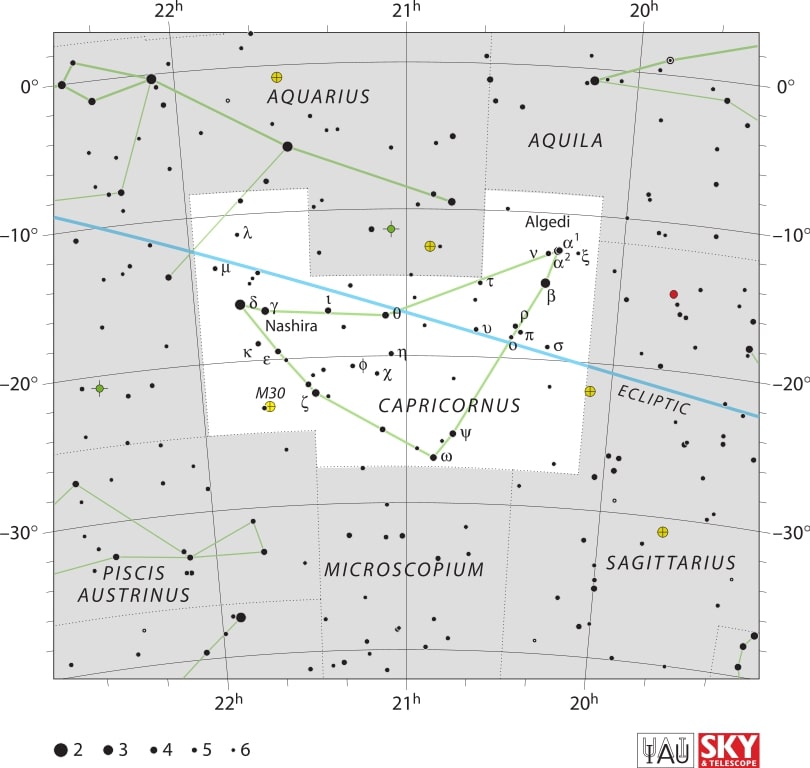
Would you like to be notified of stargazing events?
Then on the 6th the October Camelopardalid meteor shower will peak. Unfortunately this is a small meteor shower and the moon will be nearing full phase, so observing this one will be difficult. The meteors will appear to radiate from the constellation of Camelopardalis.
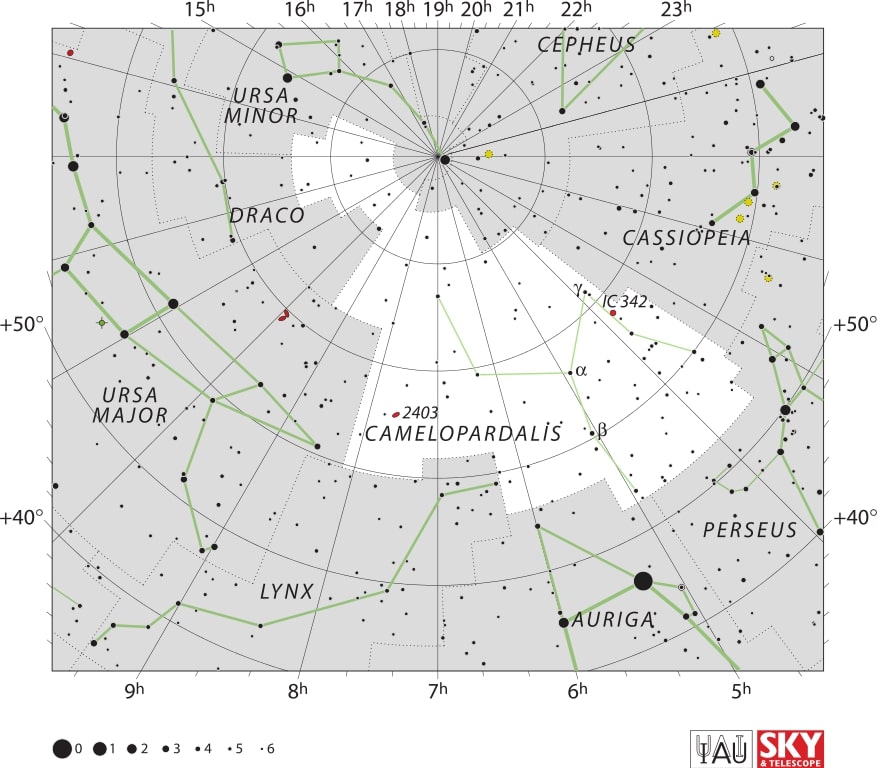
On October 8 the Moon and Jupiter will be at conjunction and will also make a close approach, passing within 1°50′ of each other, both in the constellation of Pisces.

On the same day Mercury will reach greatest western elongation of 18° from the Sun. This makes it the best time to view Mercury since it will be at its highest point above the horizon in the morning sky. Look for the planet low in the eastern sky just before sunrise.
Next on October 9 the Draconid meteor shower will peak. This smaller meteor shower will have an an expected average of 10 meteors per hour on its peak assuming ideal conditions. However some meteors may be visible between October 6 to October 10. Meteors will appear to radiate from the constellation of Draco. They originate from dust grains left behind by comet 21P Giacobini-Zinner, which was first discovered in 1900. The best viewing is in the early evening instead of early morning like most other showers.
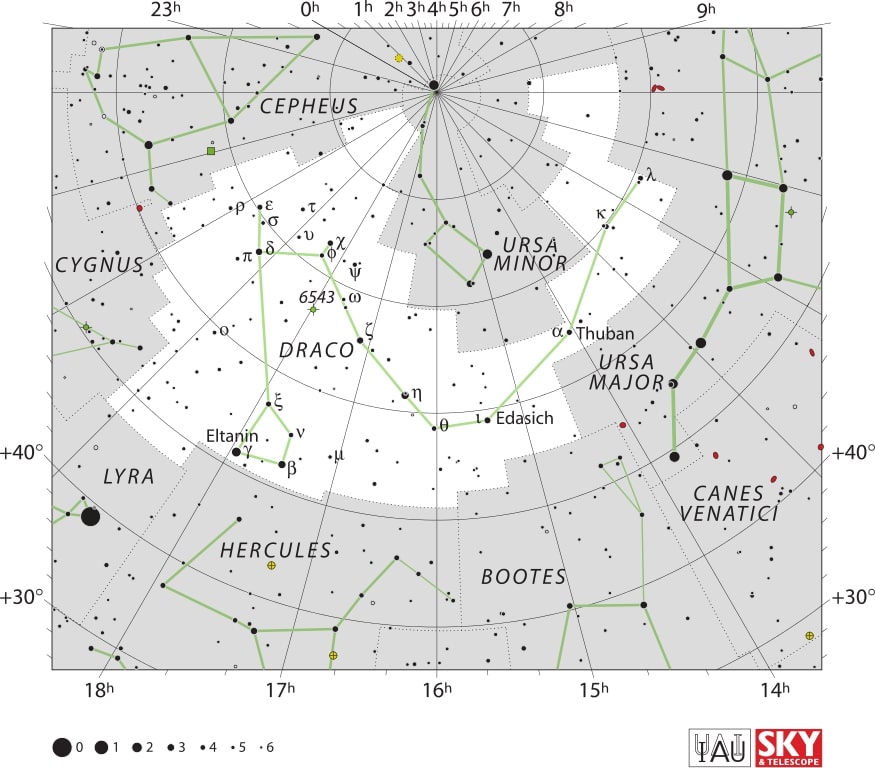
Then on October 10 the Southern Taurid meteor shower will peak. This is also a small meteor shower that will have an an expected average of 5 meteors per hour on its peak with ideal conditions. Some meteors may be visible between September 10 to November 20. These meteors originate from the comet 2P/Encke and will appear to radiate from the constellation of Taurus.

On October 11 the δ-Aurigid meteor shower will peak with an expected average of 2 meteors per hour given ideal conditions. Some meteors may also be seen from October 10 to October 18. Meteors will appear to radiate from the constellation of Auriga.
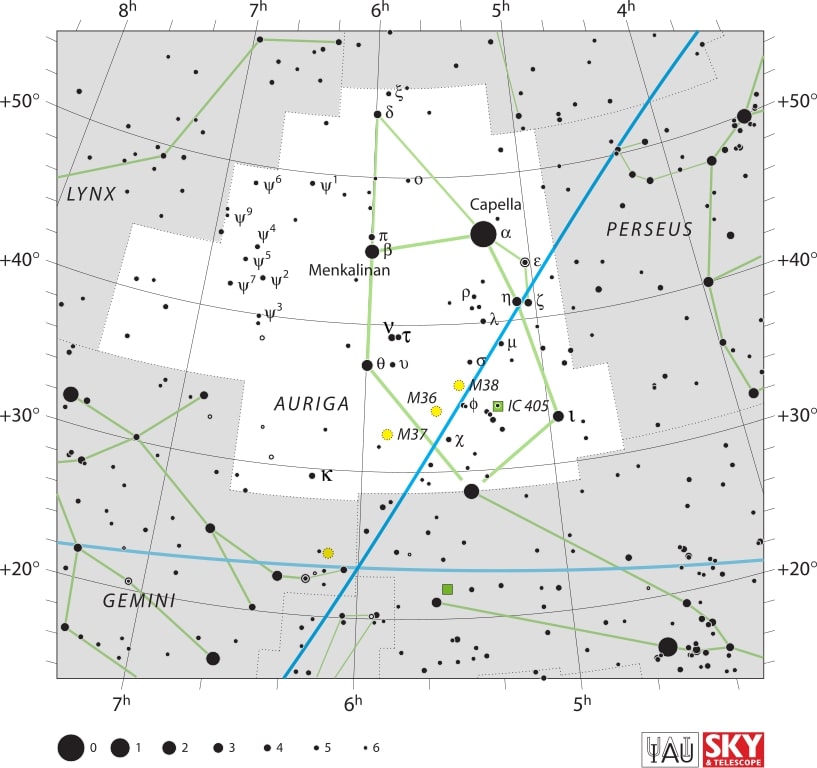
On October 12 there will be a close approach of the Moon and Uranus, passing within only 47.2 arcminutes of each other, both in the constellation Aries. In some parts of North America (mostly the Western and Central portions of the continent) this will become a lunar occultation of Uranus, meaning the Moon will pass in front of Uranus.
On October 15 the Moon and Mars will be at conjunction. They will also make a close approach, passing within 3°35′ of each other, both in the constellation of Taurus.
Then on October 18 the ε-Geminid meteor shower will peak. This is a very small meteor shower with only an expected average of 3 meteors per hour at the peak if conditions are ideal. Some meteors could also be seen between October 14 to October 27. Meteors will appear to radiate from the constellation of Gemini.
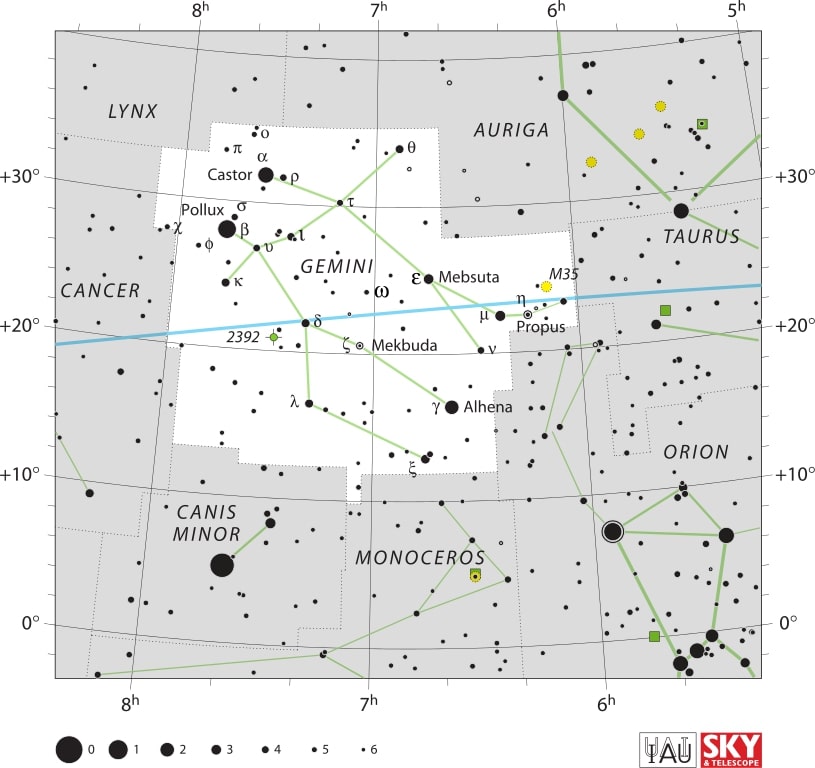
On October 21 the Orionid meteor shower will peak. Unlike the other meteor showers this month, this one is much larger with as many as 20 meteors per hour on average at the peak given ideal conditions. Some meteors should also be visible between October 2 and November 7. The Orionids originate from dust grains left behind by comet Halley. Meteors will appear to radiate from the constellation of Orion.
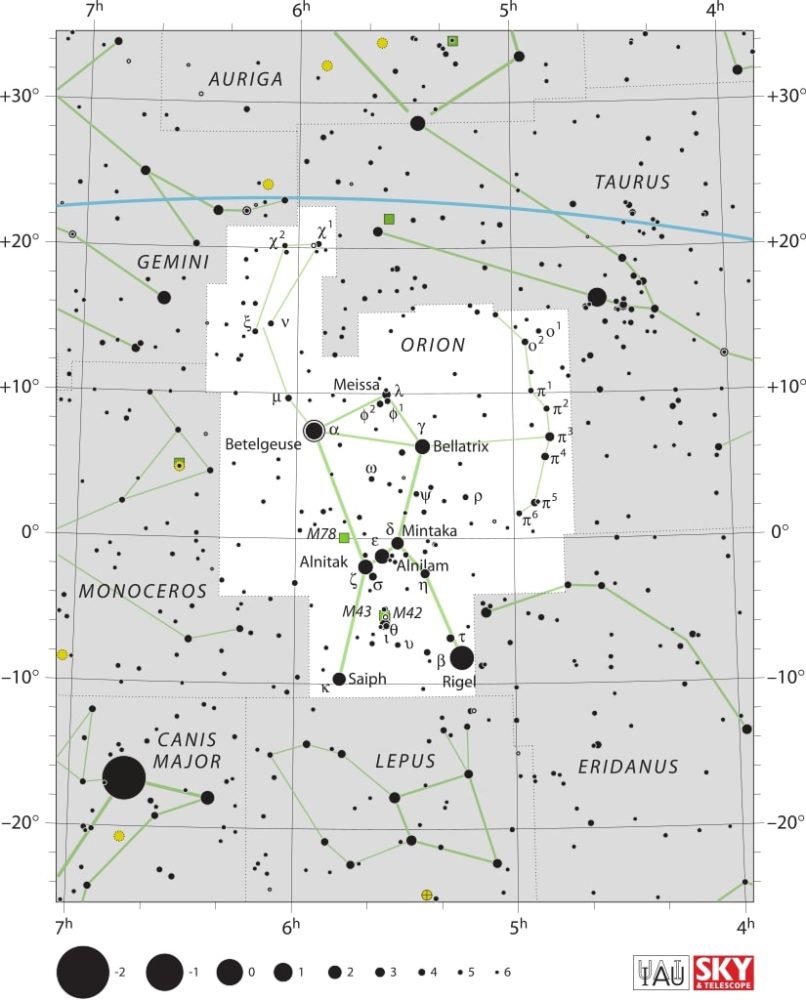
On October 24 the Leonis Minorid meteor shower will peak. It is the smallest meteor shower this month with only an average of 1 meteor per hour at peak assuming ideal conditions. At least there won’t be much interference from the moon as it’s close to the new moon phase. Some meteors may also be visible from October 19 to October 27. They will appear to radiate from the constellation of Leo Minor.
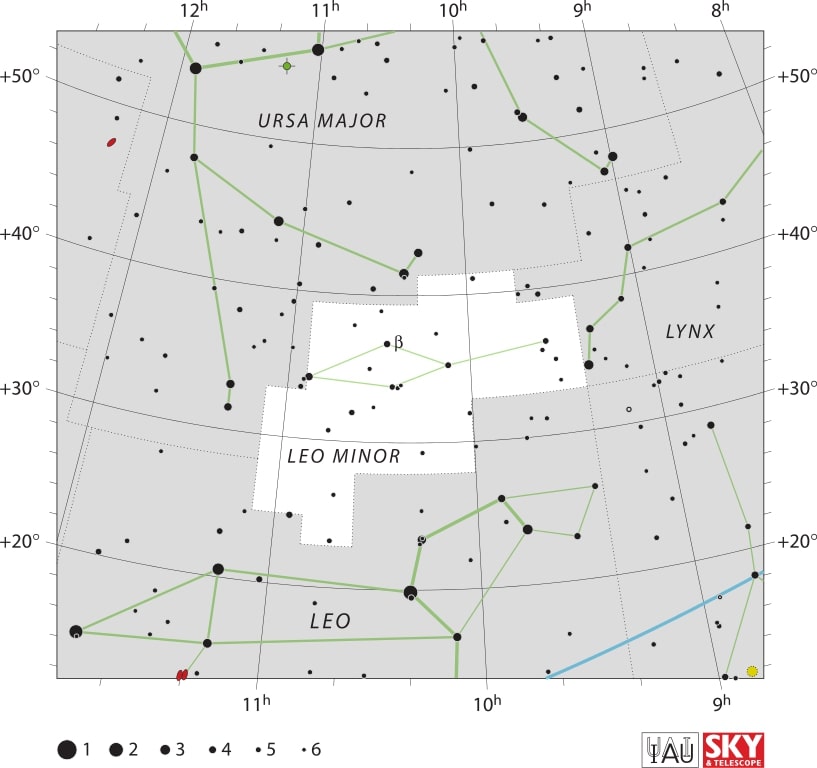
Finally on October 25 there will be a partial solar eclipse. This is when the Moon covers only a part of the Sun. Keep your eyes safe and watch with a special solar filter or by looking at the Sun’s reflection. The largest partial solar eclipse will be visible from European and Central Russia as well as Kazakhstan. But a smaller eclipse will also be visible from most of Europe, the Middle East and India.
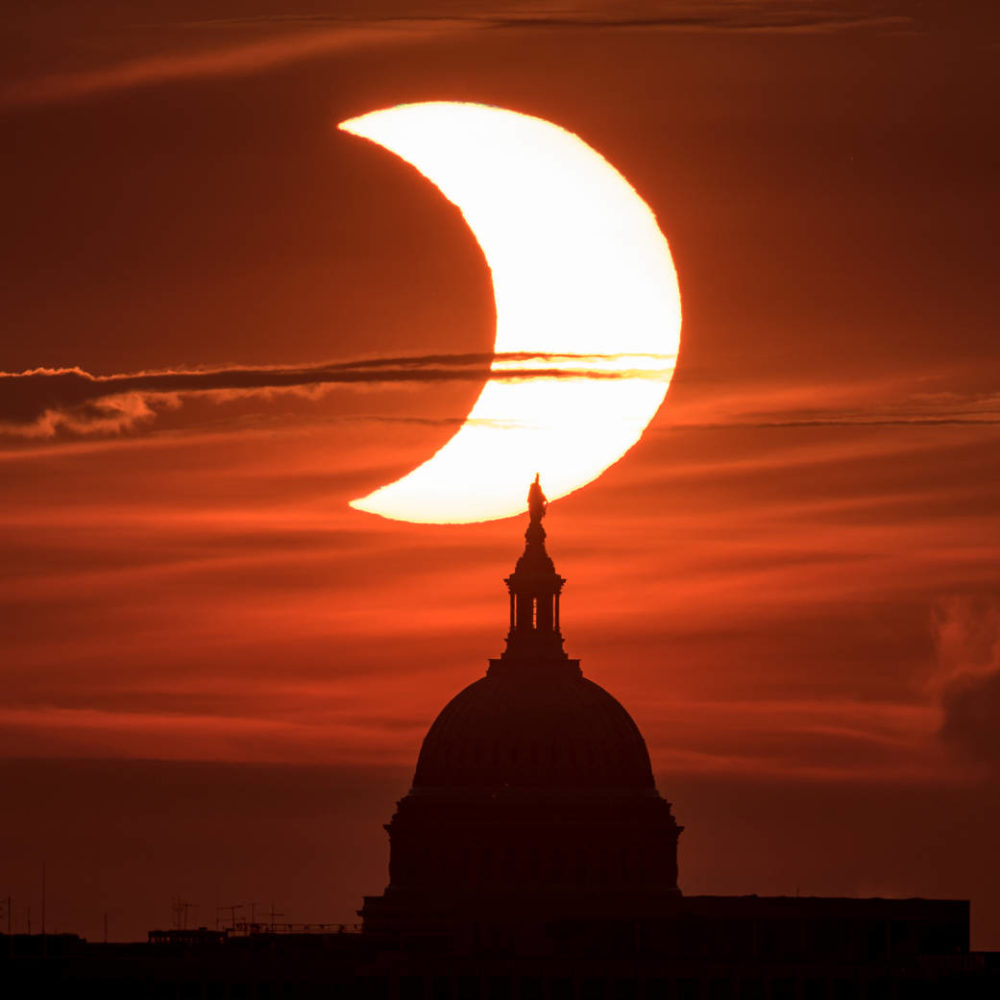
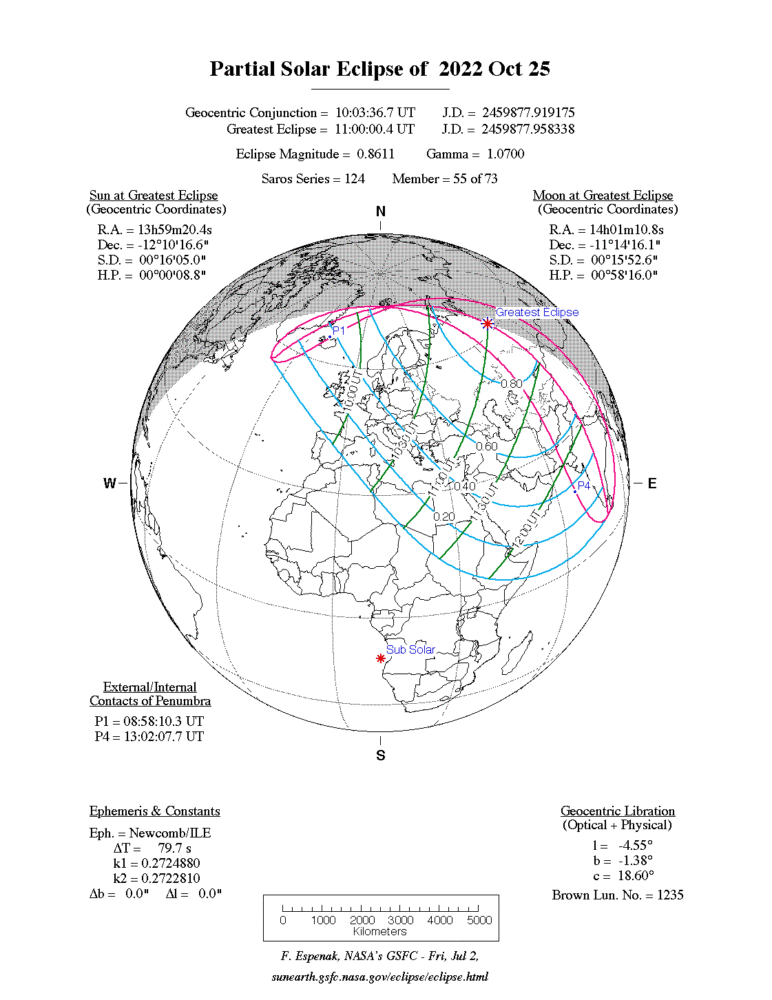
Moon phases
As you know, the moon has a big impact on the visibility of celestial bodies in the night sky. So here are the moon’s phases for this month:
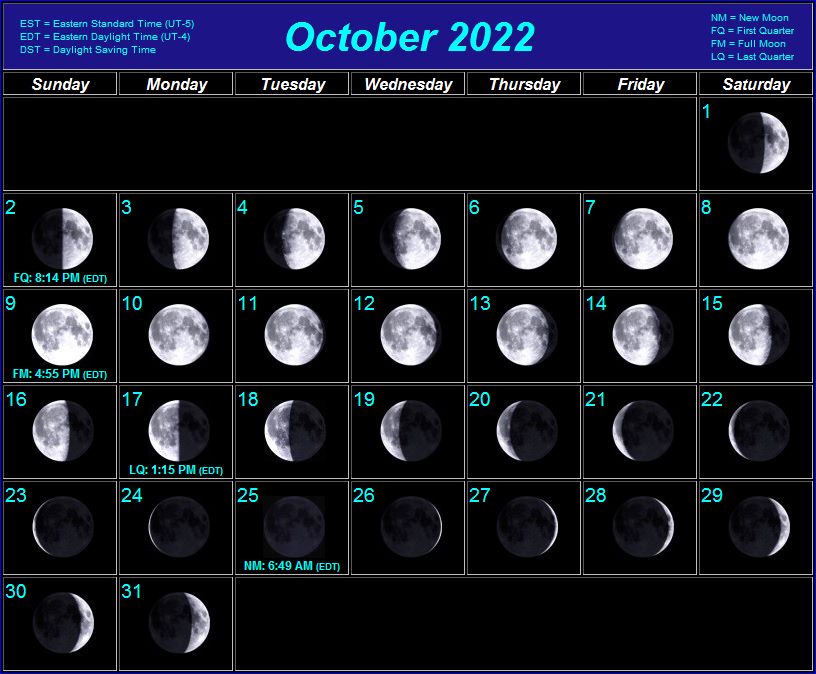
Positions of the planets this month
Mercury: The closest planet to the Sun can be seen at dawn and dusk travelling across the constellation of Virgo. This planet, being the closest to the Sun, will appear to move quickly in the night sky and its position will change in the following weeks.
Venus: The sister planet can be seen near Mercury travelling across the constellation of Virgo. Just like Mercury, Venus can only be seen at dawn and dusk.
Mars: The red planet can be seen in the constellation of Taurus.
Jupiter: The gas giant is visible in the constellation of Pisces. Jupiter can easily be spotted with the naked eye, even in highly illuminated cities.
Saturn: The ringed giant can be seen with the naked eye in the constellation of Capricornus.
Uranus: The gas giant can be seen in the constellation of Aries with the use of a telescope.
Neptune: The blue giant requires a telescope pointed in the constellation of Aquarius in order to be seen.
Major astronomical events next month
- November 8 – Total lunar eclipse.
- November 12 – Northern Taurid meteor shower peak.
- November 17 – Leonid meteor shower peak.
- November 21 – α-Monocerotid meteor shower peak.
- November 28 – November Orionid meteor shower peak.
Conclusion
And there you have it! Which of the astronomical events are you looking forward to the most? The partial solar eclipse, the conjunctions, the Orionid meteor shower, or any of the smaller meteor showers? Let us know in the comments below.
Sources:
- Planetary ephemerides produced by NASA’s Jet Propulsion Laboratory (JPL)
- International Meteor Organization
See also:
- Previous month’s calendar: Stargazing Calendar for September 2022
- Next month’s calendar: Stargazing Calendar for November 2022
Would you like to receive similar articles by email?



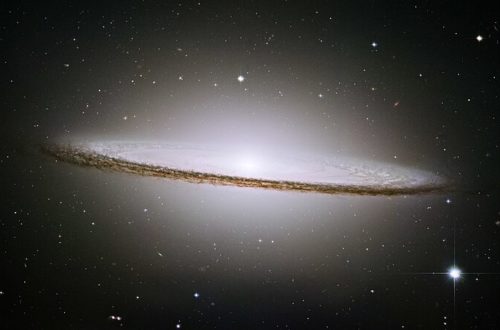
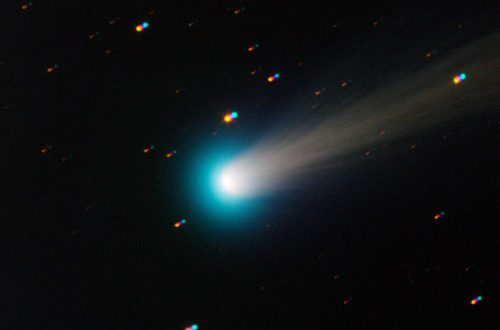
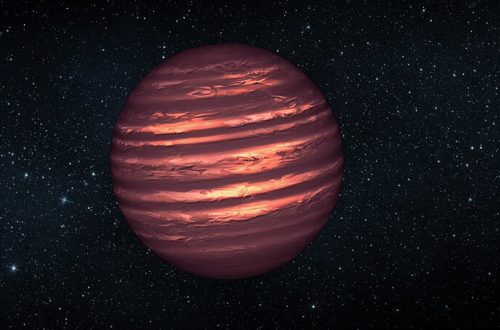
2 Comments
Sara
Thank you for keeping us updated on all the stargazing opportunities. Looking forward to the partial solar eclipse!
Paul Tomaszewski
Yes, the eclipse was quite a publicized event. Thank you for the comment.